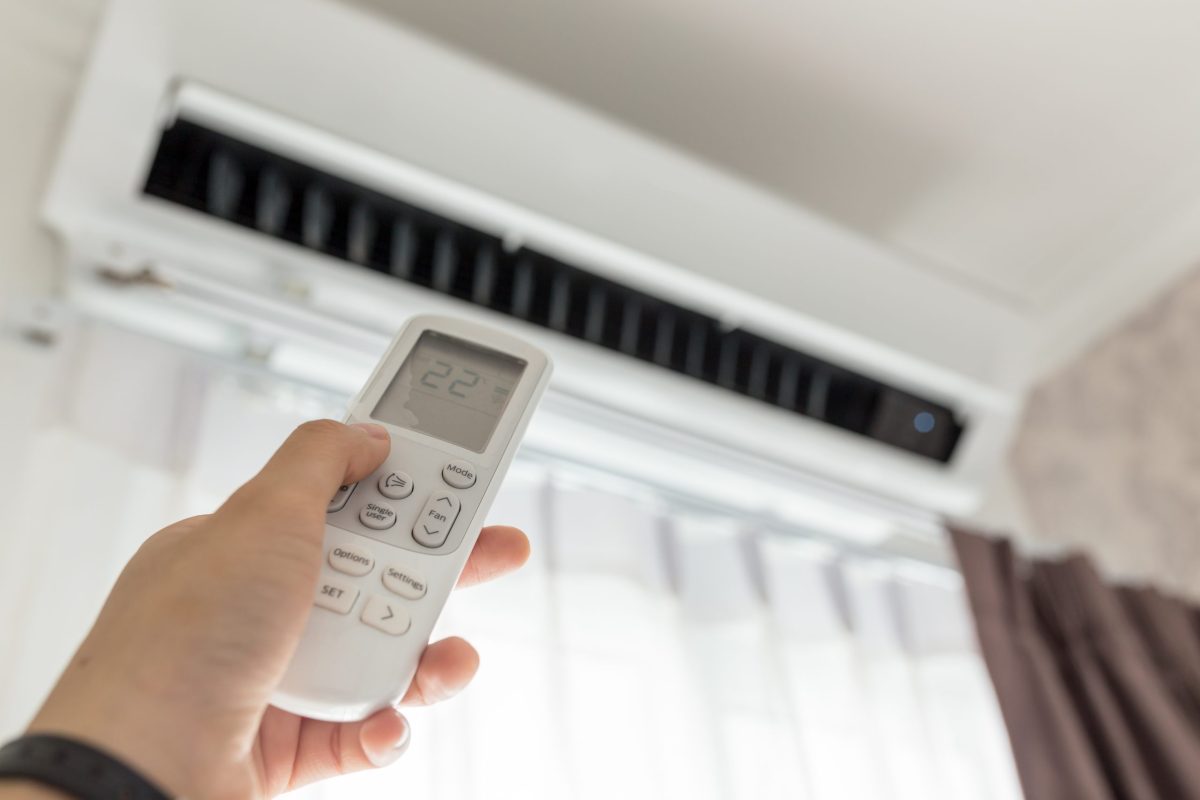- Fever in children can signify underlying health issues, such as infections, teething, vaccinations, overdressing, and allergies.
- Children’s fevers can be due to a developing immune system, making them more prone to catching infections.
- Renovating homes can mitigate fever triggers, including roof replacement for better insulation and reducing allergens.
- Installing an air conditioner and humidifier can provide optimal temperature and moisture to a child’s environment, preventing fevers.
- Updating windows for better insulation and ventilation can help control indoor temperature, ensuring the child’s comfort.
Seeing your child suffering from a fever can be worrying for a mother. Not only does it make them feel uncomfortable, but it also raises concerns about potential underlying health issues. Here’s what you need to know about fever among children, reasons your children are getting fever often, and renovation options to ensure that your children are safe from it.
Fever Among Children

Fever is a symptom of an infection or illness. When a child’s body temperature rises above normal, it is considered a fever. Generally, a temperature over 100°F (37.8°C) is a fever in children. However, this varies depending on the child’s age and the time of day—normal body temperatures fluctuate throughout the day, so they may reach a higher temperature in the evening than in the morning. Typically, fevers are not severe and can be treated at home with rest, fluids, and fever-reducing medication like ibuprofen or acetaminophen.
Reasons Your Children Are Getting Fever Often
There are many potential causes of frequent fever among children. Here are some of the reasons why your children are getting fevers.
1. Infections
Children are at a higher risk of catching infections due to their young and developing immune systems. Fevers are often a symptom of an infection, and some common types include flu, cold, ear infections, and strep throat. As a mother, it is essential to monitor your child’s symptoms and seek medical attention if they persist or worsen.
2. Teething
Teething is a challenging time for both the child and the parents. Growing new teeth can cause gum inflammation, leading to fever and discomfort. While the fever associated with teething is generally low-grade, it can still cause distress. You can ease your child’s discomfort using a teething ring or massaging their gum with a clean finger.
3. Vaccinations
While vaccines offer protection against deadly diseases, they can cause temporary side effects such as fever. The fever usually lasts a few days, indicating the body is building immunity. You can reduce the discomfort by applying a cool cloth to their forehead and giving them plenty of fluids.
4. Overdressing
It is common for mothers to dress their children in warm clothing to keep them comfortable during cold weather. However, overdressing can cause a rise in body temperature and lead to fever. Dressing your child in layers that can be removed as the temperature rises is essential.
5. Allergies
Allergies can cause inflammation in the body and lead to fever. Children can be at risk of developing allergies due to exposure to pollutants, pollen, or certain food items. Identifying the allergens and taking necessary measures to avoid exposure is essential.
Renovation Options
Your home can be a sanctuary for your children suffering from fever. Here are four renovation options to ensure that your children are safe from fever:
Roof Replacement
Your roof is responsible for the insulation and ventilation of your home. A leaking or poorly insulated roof can cause moisture build-up and release allergens into the air, leading to fever. Replacing an old or damaged roof with a new one can help improve insulation and ventilation in the home. Contact a local roof replacement service to help you. They can help choose the right roofing materials and ensure proper installation.
Air Conditioner Installation

The rising temperature can make your child uncomfortable during summertime and cause fever. Installing a well-maintained air conditioner can help keep the home cool and comfortable for your children. Take time to research different air conditioning systems available before making a purchase. Consider factors like energy efficiency, installation cost, and warranty options before deciding.
Humidifier Installation
Installing a humidifier in your home can help reduce fever among children. A humidifier helps add moisture to the air and keeps the temperature optimal for your child’s comfort. Look for a high-quality humidifier with adjustable settings that can be used year-round.
Window Replacement
Replacing old or damaged windows can help reduce fever among children. Old or cracked windows often provide inadequate insulation and ventilation, leading to a rise in temperature. Installing energy-efficient windows with advanced features like double glazing will help provide better insulation and comfort for your child during summertime. Look for a reliable window replacement service to help you with the installation.
Fever among children can be managed by making necessary changes in your home environment and following preventive measures. By understanding the potential causes of fever, monitoring your child’s health, and taking necessary action, you can ensure that your children stay healthy and comfortable all year round.

